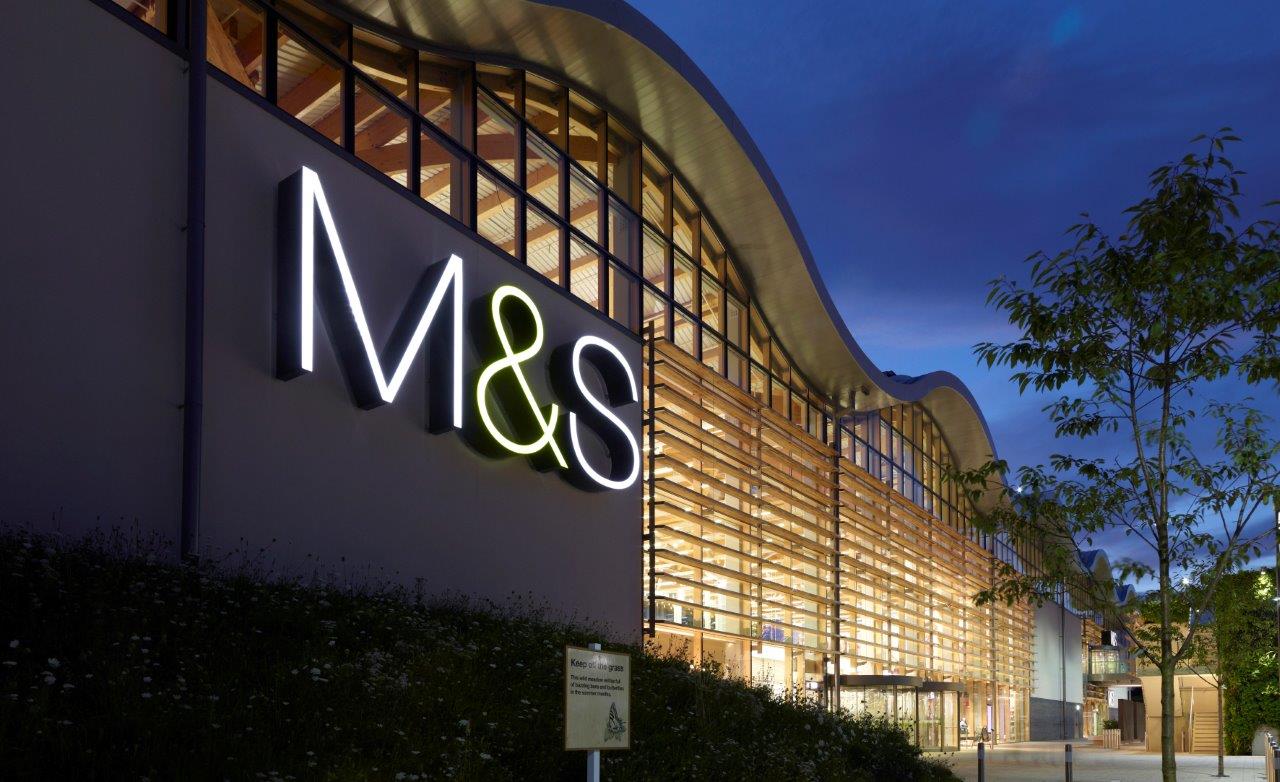It’s no secret that we’re living in a far more online world. As a new generation grows up having never gone without the internet, a whole range of human activities, including work, education, and even dating, have migrated online.
Food shopping is no exception. Consumers worldwide are shopping online more often than ever, according to a recent report from the Institute of Grocery Distribution (IGD).
Growth in online shopping is expected to add $164bn (€145bn) in sales, bringing its total to $646bn (€569bn) by 2029. Growing at a CAGR of 6%, it is expected to reach a market share of 6.3%.
Why are more consumers shopping online?
Consumers traditionally opted for online shopping because it provided greater levels of convenience, explains Michaela Jay, insight manager at IGD.
However, as capabilities improve, online shopping is increasingly offering consumers levels of personalisation that they can’t get from brick-and-mortar shopping. These are driving consumers to be more loyal to online retailers.
“Retailers and suppliers are offering additional services and unique experiences, that can’t be replicated in-store, that drive frequency and spending, building deeper shopper relationships.”
Generative AI plays an outsized role in this success. For example, companies such as Walmart in the US are using AI to help their consumers build shopping lists, which can be tailored to personal needs, such as holidays and special occasions. This saves consumers the time and mental effort of coming up with their own shopping lists.
“Tech-enabled auditing is being used to improve the quality of order picking, automation is being used to improve fulfilment and tech efficiencies are being brought to stores to improve store pick rates to ensure faster delivery times.”
Why is Europe not shopping online as much as the rest of the world?
Growth in online grocery shopping is expected to be global, with Asia and Australasia leading the way.
In Europe, however, this trend is likely to be less prominent. While online retail in Europe will still grow as a percentage of market share, this growth will be less pronounced - from 3.4% in 2024 to 4% in 2029 (by contrast, Oceania will go from 7.3% to 9.1% in the same period).
One of the reasons for this is the prominence of discount retailers such as Aldi and Lidl in Europe. “Outside of a handful of markets and leading retailers, strong discount penetration and a reluctance to invest heavily in the online channel due to concerns around profitability sees the region fall behind. Instead, European markets dominate global rankings for discount penetration,” explains Jay.
What will happen to brick-and-mortar retail?
If retailers want to keep up in a changing landscape, they need to invest more in their online capabilities, Jay suggests.
They should “start reflecting on where they are now” in the changing landscape, “in order to ensure they are meeting shopper needs and are providing a seamless experience across in-store and online.”
However, “brick-and-mortar grocery shopping is not going anywhere.” Supermarkets will still contribute the most to grocery growth due to size, Jay predicts, despite the rapid growth of online shopping.





